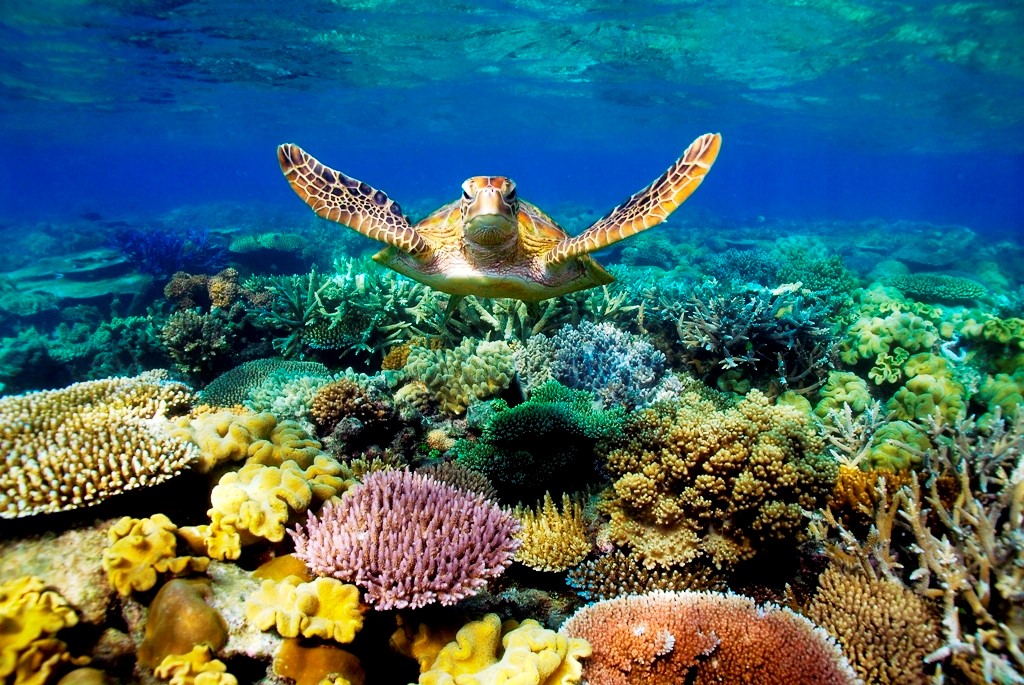2024 IASNR Conference
Location: Cairns, Australia
About Australia
Background information about Australia: In terms of area, Australia is 7.688 million km2 . Comparing this area to USA, Australia is very similar to the combined area of the contiguous lower 48 States (i.e. excluding Alaska and Hawaii) which have a combined area of 8.08 million km2.
Compared to Europe, Australia about 14 times larger than France or about 22 times larger than Germany. At its widest point, the country is approximately 4000 km (around 2500 miles) from east to west which is similar to the distance between Los Angeles and New York. In terms of its north-south range, the country is 3900 km (2400 miles) long from Cape York in the north to Tasmania in the south.
The total population of Australia is around 25 million. This corresponds to about 8% of the population of USA, or somewhere between the State of Florida and the State of Texas at around 21 million and 29 million respectively. Comparing to Europe, the population of Australia is about half that of Spain (at around 47 million) or the combined population of Scandinavian countries Denmark, Finland, Iceland, Norway and Sweden.
The Australian winter runs from June to August. In late June the temperature range in Cairns is from around around 18 to 25 degrees C (64-77 degrees Fahrenheit). In Sydney the daily range in June is from around 10 to 18 degrees C (50-64 degrees Fahrenheit).
About Cairns
Cairns is a tropical city located within the northern part of Australia and within the tropics at 16.9 degrees south of the Equator. It is around 2000 km (approx 1200 miles) from Sydney or 2500 km (1500 miles) by road. It is home to around 150,000 people. Cairns is also located between two World Heritage areas.
Climate: At around 16 degrees south of the Equator, Cairns has a tropical climate. In June, average daily maximum is 26 degrees Centigrade (79 degrees Fahrenheit) and an average overnight minimum of around 18 degrees Centigrade (64 degrees Fahrenheit). Cairns has a monsoon climate, with wet season from November to May and a dry season from June to October. The conference is scheduled to coincide with the dry season.

The Great Barrier Reef World Heritage Area: Cairns is located close to the Great Barrier Reef which is one of the world’s largest coral reef systems. It is composed of over 2,900 individual reefs and 900 islands stretching for over 2,300 kilometers (1,400 mi) over an area of approximately 344,400 square kilometers (133,000 sq mi). A large part of the reef is protected by the Great Barrier Reef Marine Park, which was created to help manage the impacts of human use, such as fishing, tourism and ship movements. More recently, climate change has developed as a major concern for the reef with elevated water temperatures due to climate change affecting corals over wide areas. Other pressures include sediment and nutrient runoff from agriculture.

Wet Tropics World Heritage Area: The Wet Tropics of Queensland World Heritage Area consists of approximately 9000 km² of wet tropical forests located along the Great Dividing Range in the northern part of the country running from around Townsville to Cooktown. The Wet Tropics comprise multiple protected areas and privately held lands which together comprise a mosaic of different land uses. The management of the Wet Tropics is conducted through strong partnerships emphasizing collaborative management involving traditional custodians, land management agencies and local and regional communities to ensure the World Heritage values are maintained and appreciated. Pictures above is the Daintree National Park.

